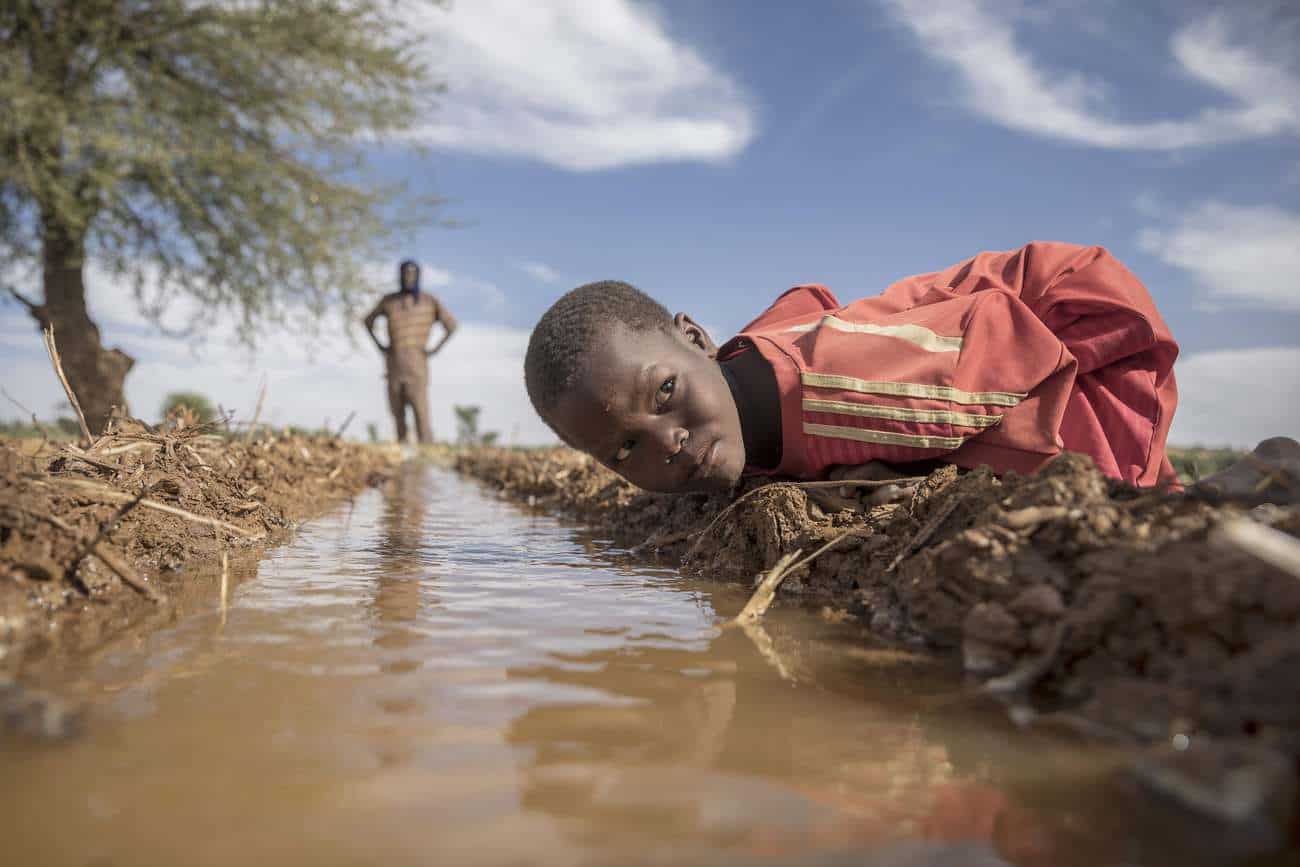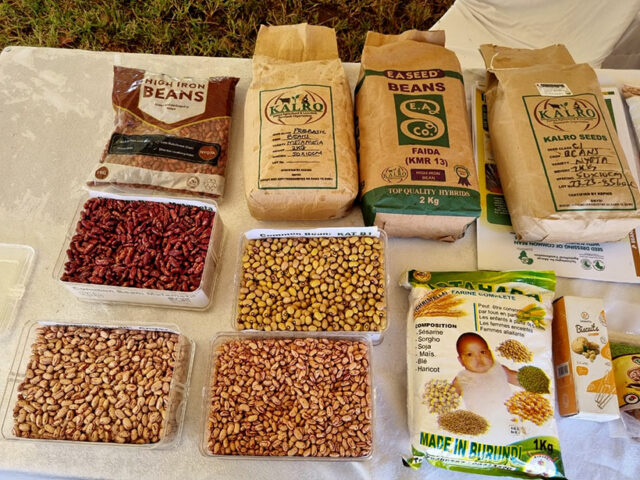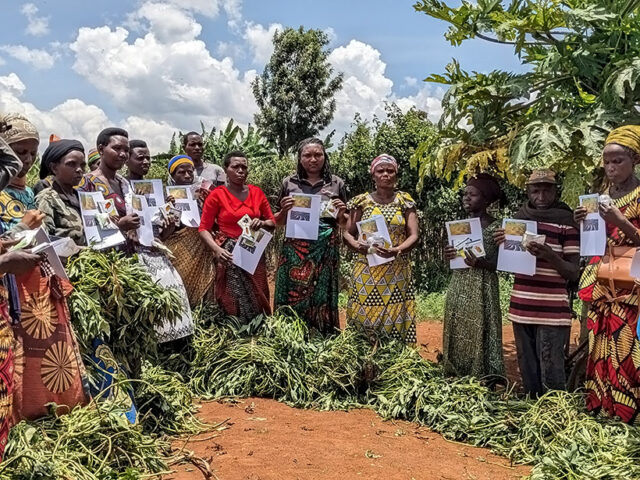
The deadlines to achieve the Sustainable Development Goals (SDGs) and the Paris climate goals draw ever closer. The ambitious imperative of the SDGs is to “leave no one behind.” The implication is that we must urgently revitalize rural areas, especially in Africa south of the Sahara. Now is the time for a dramatic, system-wide transformation to make rural areas more productive, more sustainable, more climate-resilient, healthier and more attractive places to live.
Around the world, rural areas benefit less from economic growth than cities. Rural people make up 45% of the world population, but bear a disproportionate burden of poverty, malnutrition, and poor quality of life. South of the Sahara, poverty and malnutrition are relatively high—and that is especially true in rural areas.
The global poverty rate is 17% in rural areas, but only 7% in urban areas. Rural people comprise 70% of the world’s extremely poor. In countries south of the Sahara, 82% of the extreme poor live in rural areas. Rural areas lag behind urban areas in reducing rates of child stunting (low height for age). They often lack basic infrastructure und services. Consider, for example, education, health care, roads, water, sanitation and hygiene. At the same time, rural areas are exposed to ever more pollution while natural resources are dwindling fast. The climate crisis is exacerbating the challenges.
Today, African countries are working on the revitalization of rural areas. They want to sustain and accelerate progress.
Photo Credit: Sven Torfinn/Panos



